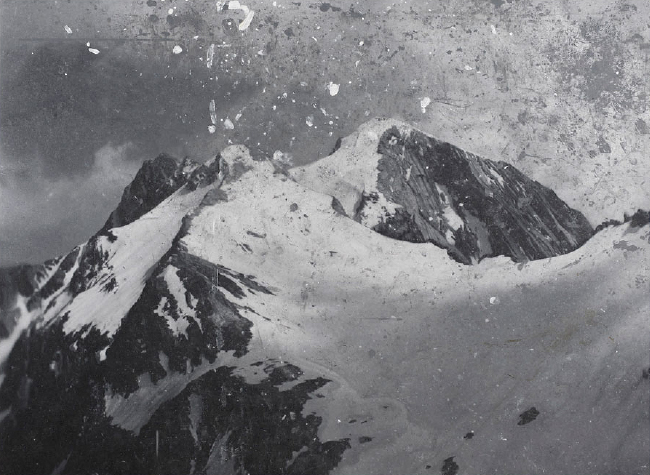RUDOLF STINGEL
2014-03-17Over the past twenty years, Stingel has examined the nature of memory while expanding the scope and definition of painting. Echoing Albrecht Dürer’s Painter’s Manual of the sixteenth century, Stingel produced Instructions in 1989, a booklet illustrating how to create a Rudolf Stingel painting, which anticipated two decades of his investigation into the relationship between artist and artwork. In the early 1990s, he covered the walls and floors of exhibition spaces with broadloom carpet, transforming architecture into monochrome surface and texture. Later he covered gallery walls with metallic insulation board that viewers could mark and inscribe at will. Accumulating all manner of compulsive graffiti over the course of time, this material was later sectioned to form autonomous panel works, exuberantly human and anonymous. In a further turn of the screw, he cast these panels in copper and gold.
Stingel has sourced vintage black-and-white photographs of his birthplace, Merano, in the Tyrolean Alps, as the starting point for a series of immense landscape paintings measuring up to fifteen feet in width. Every nuance is meticulously recorded, from the steely, snowy peaks that appear in the photographs to the creased and discolored surfaces of the photographs themselves. Although the subject recalls the German Romantic tradition, such detectable influences are simply vehicles for Stingel’s broader concerns with memory and decline. Conflating a subject that is highly autobiographical with a conversely passive process, he has left some of the finished paintings on the studio floor to collect incidental scuffs and debris. In Untitled (2010), the calculated photorealism of the scene is desecrated by white spatters interrupting the panoramic grayscale mountainscape under a silver sky.
Opposite – Untitled, 2010
Exhibition runs through to April 19th, 2014
Gagosian Gallery
522 West 21st Street
New York
NY
10011
